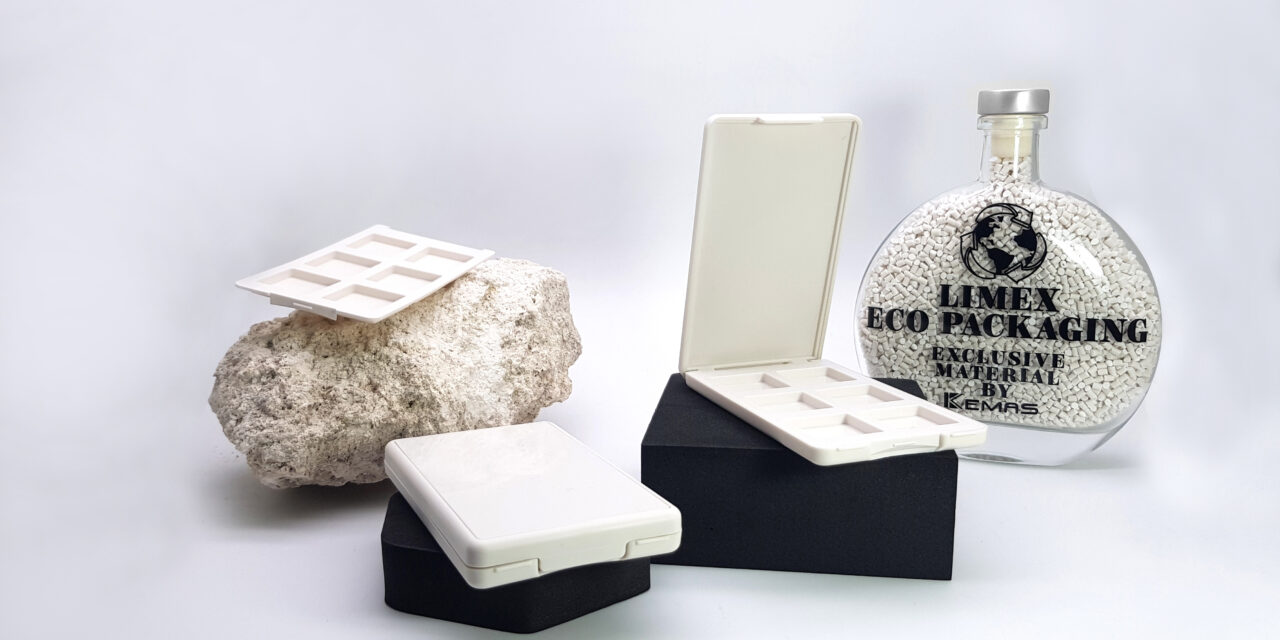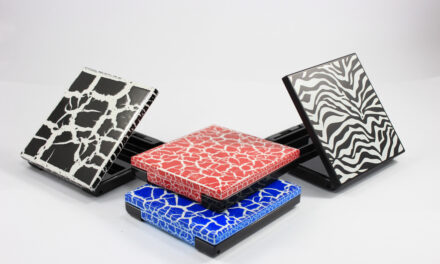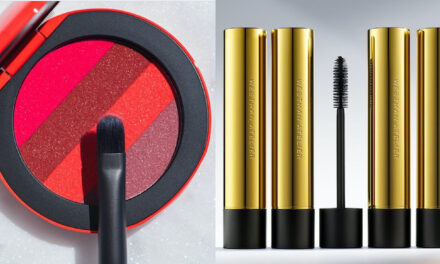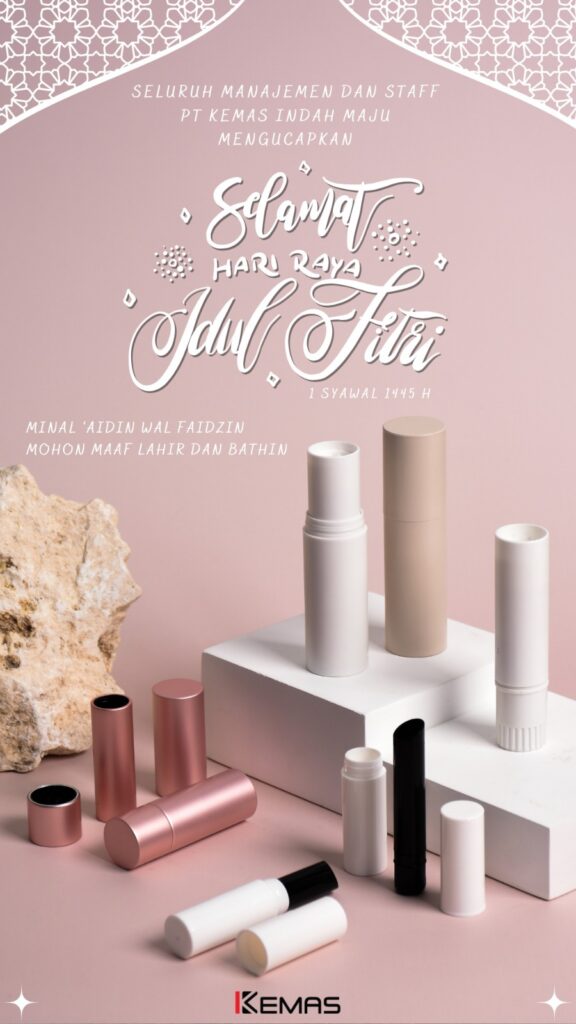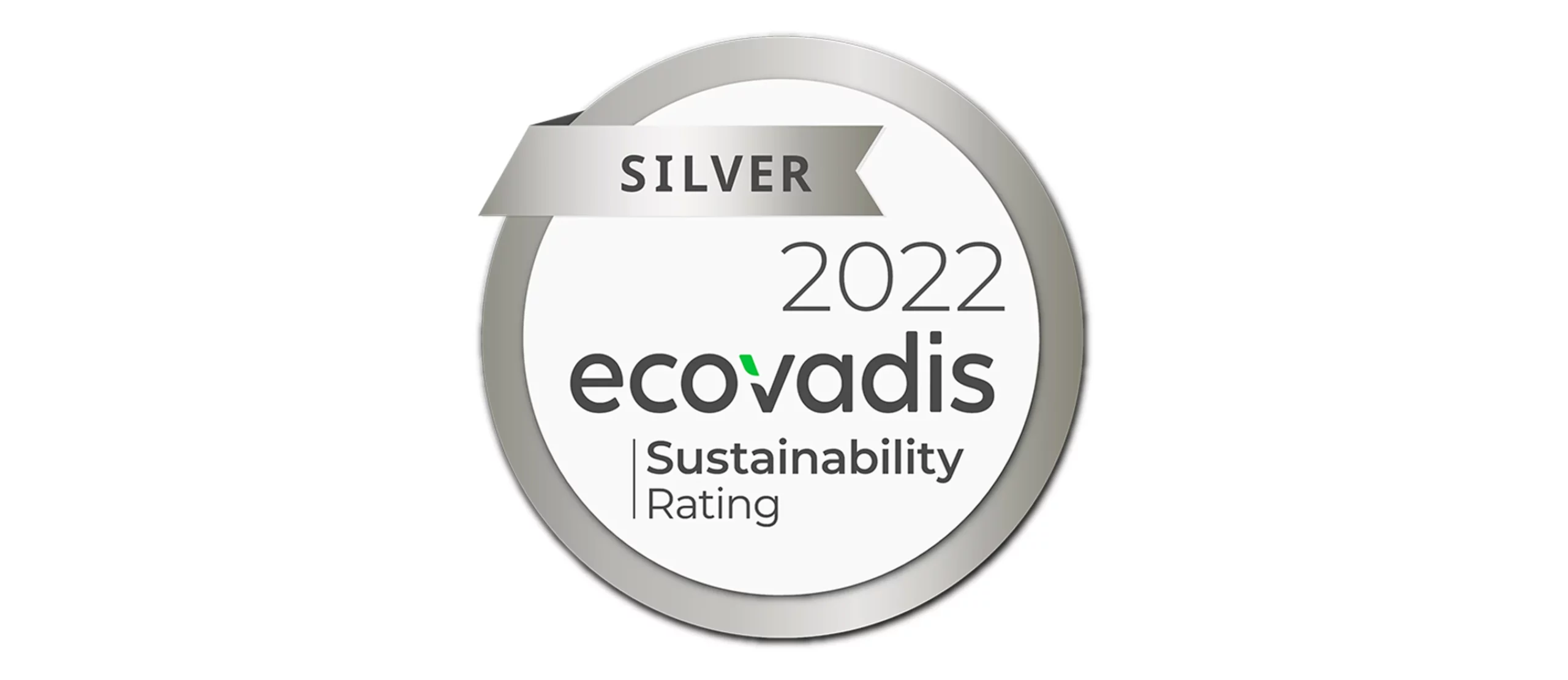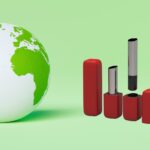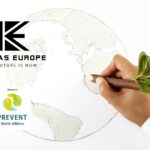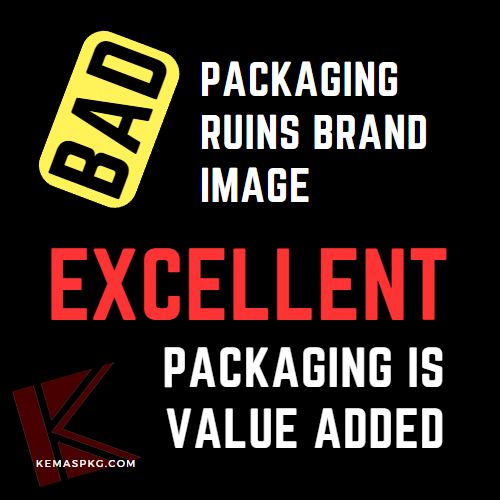BeautyPackaging.com – Jamie Matusow – Kemas’s focus now revolves greatly around the use of a material called LIMEX—and other ‘materials that have the ability to create a full circular economy.’
While Innovative Packaging can be defined in numerous ways, from unique gestures to dual features to eye-popping decorative techniques, today the term is almost inextricably entwined with sustainability claims.
The mandate for sustainable packaging in the beauty industry (and elsewhere) is rising dramatically, and the curve shows no sign of waning. Driven primarily by eco-conscious consumers and legislation from countries facing mounting waste and climate degradation, packaging for beauty products has come under increased scrutiny. Industry suppliers are leading the sustainable solutions revolution by innovating with options including new materials, new formats, and new additives that help speed end-of-life disposal processes—all while keeping an eye on shelf- and Instagram appeal.
At Kemas, a manufacturer of high-end color cosmetics and skin care packaging, Darren Eade, vice president of sales, confirms a pivotal emphasis from “uniqueness” to sustainability-based innovation. He tells Beauty Packaging: “Innovation in 2021 has certainly been all about sustainability.” This can come in the form of design, resin and material choices. “The industry seems to be looking beyond those ‘truly unique’ design concepts and focusing more on reaching their sustainability goals and objectives,” says Eade.
In general, Eade says beauty brands have been requesting refillable concepts, and the ‘less is more’ approach has been trending with the brands. He acknowledges: “Decoration has and always will be critical in the innovation process; however, decoration that meets recycling objectives is increasing in trend and trying to find the right balance between cost and feasibility will be critical with new innovation.”
A New Slant on Innovation
Rather than focusing on a unique design or application method, Kemas’s focus has also shifted toward sustainable materials. Their most recent innovation revolves around the use of a material called LIMEX—and particularly “materials that have the ability to create a full circular economy,” says Eade.
LIMEX is a new material—currently being used in Japan for the food industry, says Eade. Kemas launched a partnership with TBM (Japan) for the material that is made up of 50-60% limestone, and which is touted as greatly reducing carbon emissions during the resin procurement and incineration phase. According to Eade, “This new revolutionary material not only dramatically cuts down on carbon emissions, but is 100% recyclable. LIMEX can be made into paper or plastic parts and LIMEX paper can be recycled back into LIMEX resin, which is a game changer for the environment and the future of plastics,” he explains.
Kemas’s Eaves foresees the most innovation in the future of cosmetics packaging in recyclability, new resin materials and “materials that have much less impact on a brand’s carbon footprint.”
See original press release : https://www.beautypackaging.com/issues/2021-11-01/view_features/innovative-packaging-luxe-and-sustainable-without-compromise/?widget=listSection

